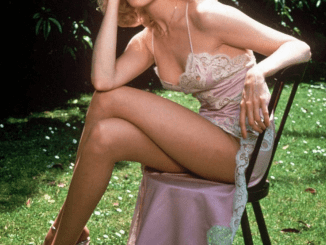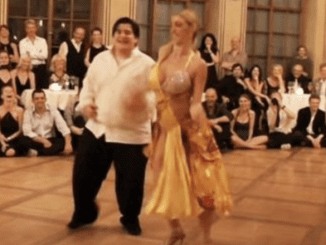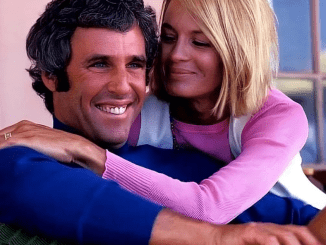Julie Andrews’ occupation began with two legendary movies: “Mary Poppins” and “The Sound of Music, the English actress and singer cemented her position as a beloved cultural icon. Nevertheless, what is generally neglected is the exceptional next act that unfolded for Andrews in the twilight of her occupation.”
These roles by itself recognized her as one of Hollywood’s most beloved stars, ensuring that generations go on to sing together to her memorable performances.
Nonetheless, these had been just the get started of a remarkable occupation spanning eight a long time. Nowadays, Andrews is also recognized as a children’s e book author, collaborating with her daughter, Emma Walton Hamilton. Their most current e-book, “Waiting in the Wings,” presents a one of a kind viewpoint on the theater by the eyes of a duck, primarily based on a correct story.
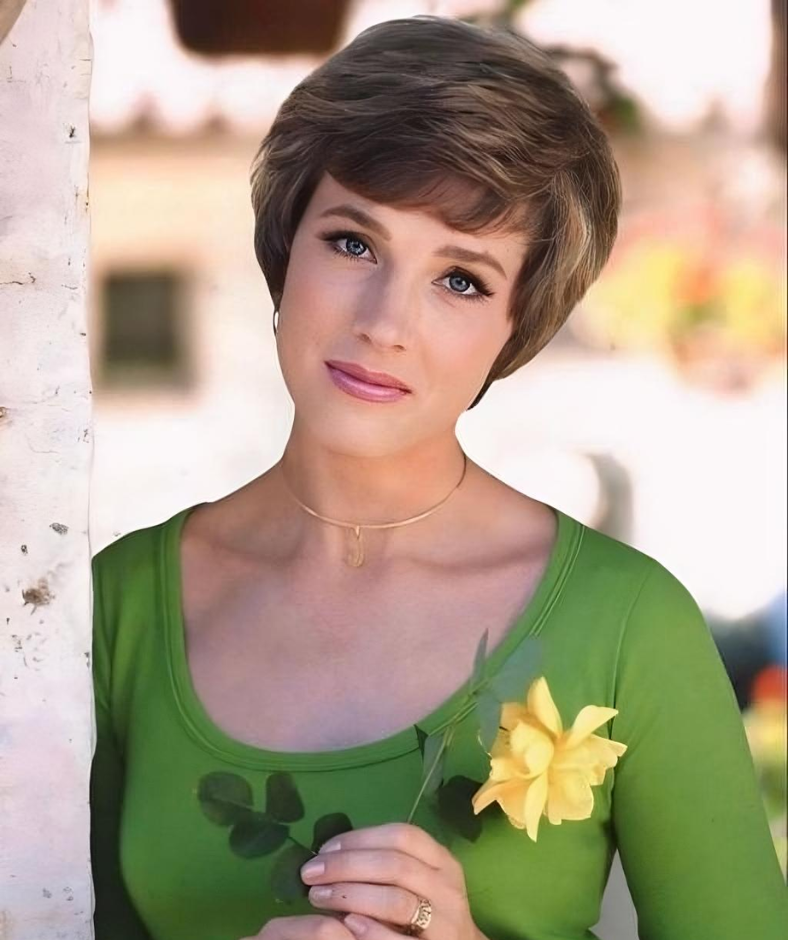
30 several years back, a surgical mishap finished her singing career. To begin with devastated, Andrews identified new objective when her daughter, Emma, prompt that crafting children’s books was a further way to share her voice. This realization helped her move forward and embrace her new resourceful outlet
Andrews’ appreciate for publications dates back again to her childhood for the duration of the Blitz in World War II London. Regardless of her parents’ separation, her stepfather uncovered her extraordinary four-octave soprano voice. As a teen, “Little Julie” supported her family, even paying the house loan. “We necessary income dreadfully,” Andrews points out.
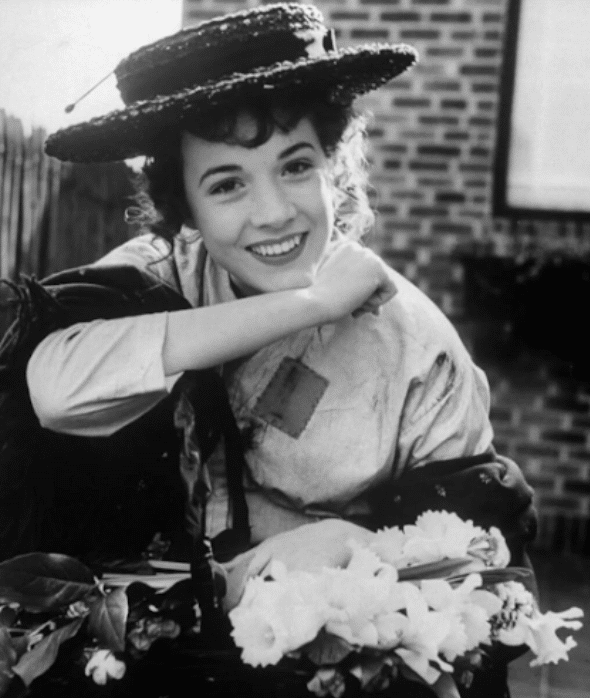
Even with her early good results, Andrews did not originally aspire to stardom. At 19, she landed her very first Broadway lead in “The Boy Close friend,” inspite of lacking official acting teaching. By 20, she was the legendary Eliza Doolittle in “My Reasonable Lady,” and in 1960, she performed Guenevere in “Camelot,” catching Walt Disney’s eye for “Mary Poppins,” a part that won her an Academy Award.
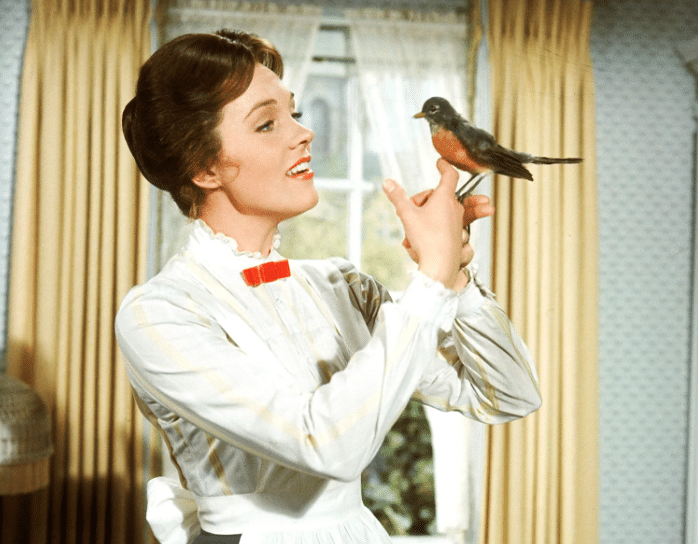
In the course of her career, Andrews has epitomized grace and gratitude. Reflecting on her journey, she laughs about her great fortune, echoing Maria’s line from “The Seem of Music”: “Somewhere in my youth and childhood, I need to have carried out a thing very good.”
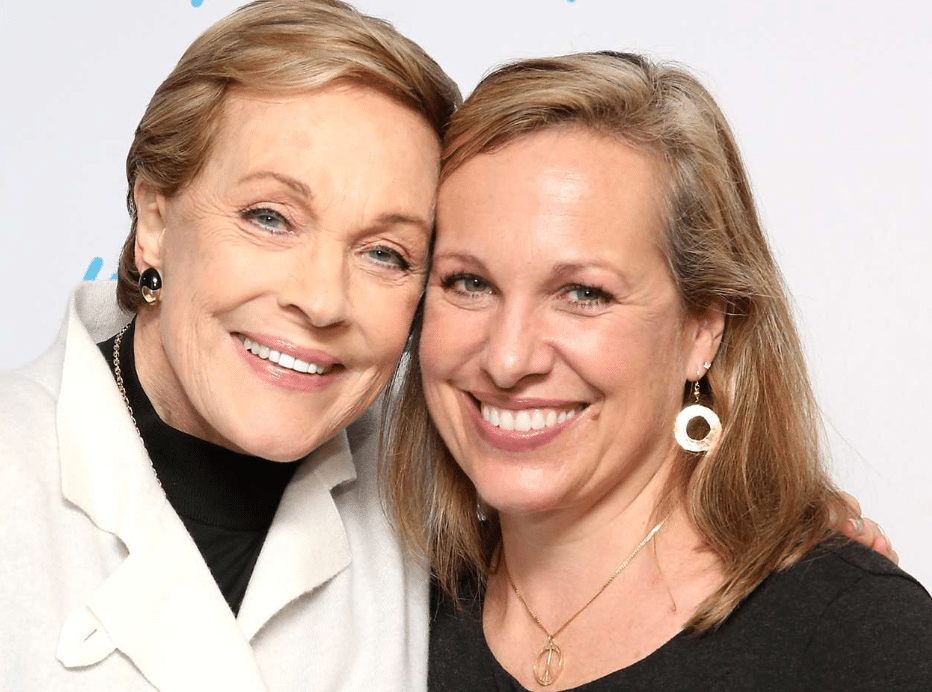
The tale of Julie Andrews’ reinvention in her later on decades stands as a testomony to the power of adaptability, creativity, and the refusal to be defined by one’s earlier successes. It serves as an inspiring illustration of how icons can redefine themselves, defying expectations and continuing to captivate audiences in unforeseen methods. As we rejoice the enduring legacy of this famous performer, we are reminded that the most amazing functions can usually manifest in the twilight of a celebrated vocation.
